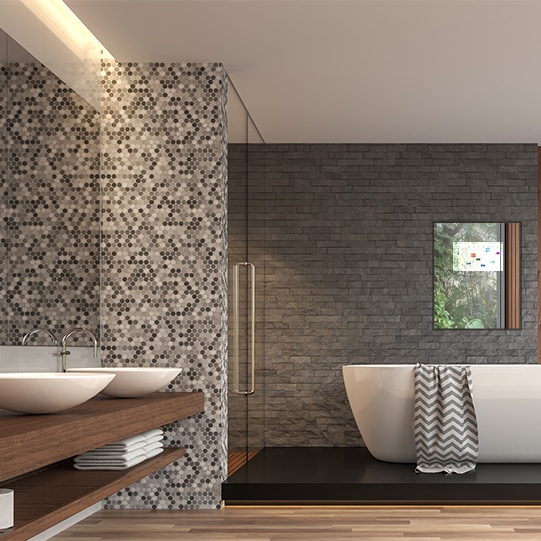
8 Tips for Creating Smart Home Automation
Smart home automation is a great investment to improve lifestyle and efficiency. Being organized is key to building a successful infrastructure to support the ultimate goal. Successful conversion to smart home automation is predicated on laying the best possible groundwork your budget can support. Here are some tips to help guide the process.
Make a wish list.
Compose a wish list of desired automation. What is it the automation needs to do? Are you wanting to use voice control for lights in the home? Do you want to install a video door bell or perhaps an entire security system? Do you want to speak to your television? Would you like to control your HVAC system from your phone, or maybe your garage door? Did you know that smart smoke detectors and carbon monoxide detectors are available? What about keyless home entry, a remote irrigation system, a smart mirror? Set expectations realistically.
Develop a research-based budget.
Purchasing technology adds up fast. It’s recommended that you research the products you have put on your wish list. Check product reviews and warranties. Keep watch for sales. Factor in any installation costs if you won’t be doing something on your own. Consider buying smart home products that are multifunctional such as a smart mirror or television to lessen the strain on the budget.
Stick with one product line.
If your phone never leaves your hand, base decisions on which brands are compatible with your phone and stick with one manufacturer when possible. For example, make sure all smart bulbs are compatible with your phones voice control or the hub you want. Once you have selected your home base product (Alexa and Google work with most phones), remain loyal to that brand as you consider purchasing add-on devices.
Consider placement of smart products.
Ensure that you have easy access to power outlets required by your smart devices and that you don’t overload any outlet. If you will rely on WiFi for connectivity, see that your router is powerful enough to reach the designated area. You may need to purchase a WiFi extender to boost the signal.
When in doubt, let a pro do it.
If you are uncomfortable hardwiring into your existing electrical system, be smart and call an electrician. Circuit breakers need to be turned off to install video doorbells, security systems and thermostats. Installing smart plugs, smart switches and smart mirrors, etc. require knowledge of AC/DC currents. Making a mistake can hurt you and render the smart product unusable.
There can be too many smart devices.
Loading up your WiFi by connecting new device after new device will slow your system response time and reduce download speed. Consider your routers’ capabilities as you purchase smart home products.
A smart hub makes all the difference
The ability to connect to all of your smart devices from a central location is awesome. If you choose to have your smart phone in control, consider a Capstone Connected mirror be conveniently located as it can also serve as a hub by mirroring your cell phone screen, while adding beauty to the room. Make sure to purchase compatible smart devices so you can control all of them from one application. Set schedules to turn devices on/off routinely from your hub. Home control doesn’t get much easier.
Boost your infrastructure security.
Make sure to change the name of your WiFi network and change all passwords. Keeping all that you have installed safe and secure is critical to keeping your smart home protected.
Have fun with your smart home conversion. There are many unique products available that will make daily chores a snap to track. Check out our great selection of smart mirrors at Capstone Connected. Your smart home design is incomplete without one.
